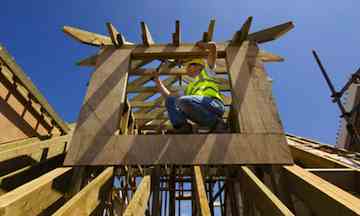EPA $1m to Colleges for off-grid research
WASHINGTON — The U.S. Environmental Protection Agency (EPA) awarded more than $1 million in grants to 15 university and college teams for innovative off-grid solutions.
Projects include a new process that uses spinach to capture and convert the sun’s energy to electricity and a partnership with a local landfill to design a process that uses waste heat and drainage to grow algae for biodiesel production. If one of the teams below is in your area they might be able to use your off-grid home or community as a test bed for ongoing research. Contact via the college or the EPA web site:
The projects were selected from more than 300 college innovators showcasing sustainable projects, almost all designed to facilitate off-grid living and use natural resources more efficiently. Following an initial peer review process, the EPA selected 45 teams for two days of judging by a panel of national experts convened to provide recommendations to the American Association for the Advancement of Science.
Here is a complete list of the best projects:…


